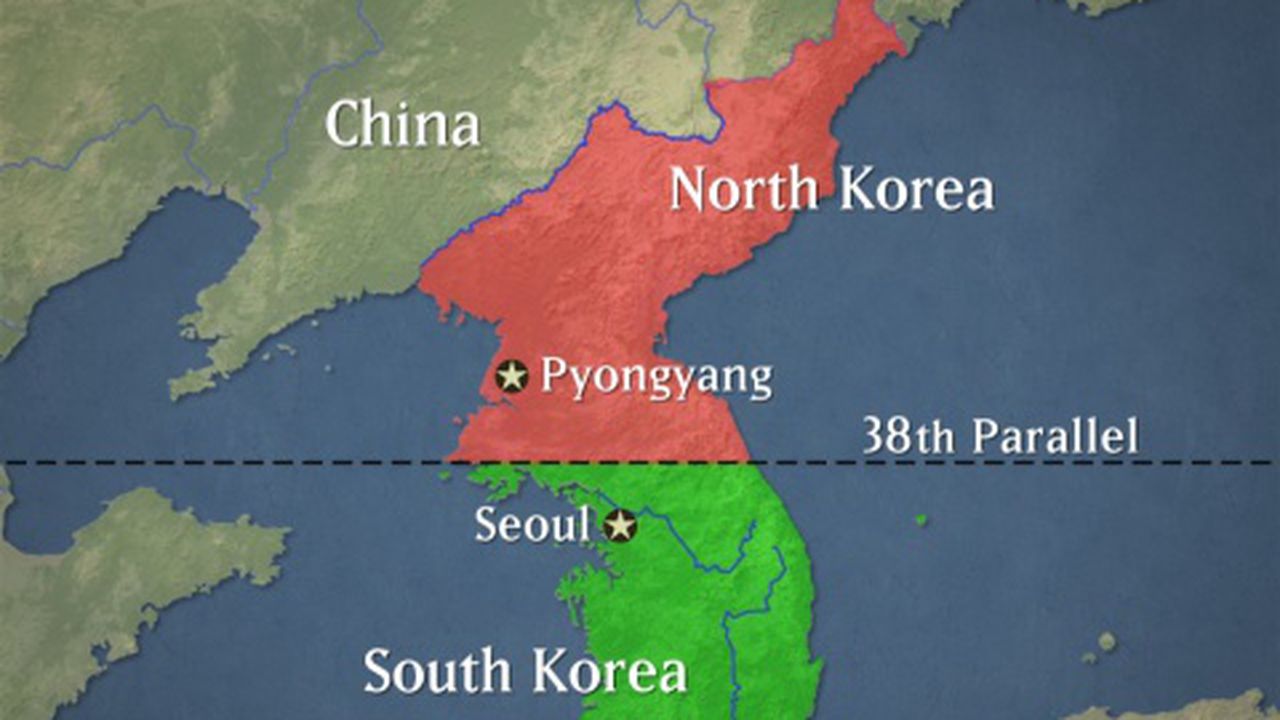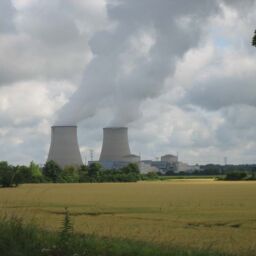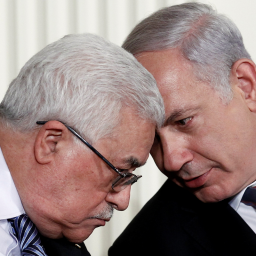Tense Situation in the Korean Peninsula

Photo: Reuters
The United States, Japan, and South Korea “condemned” in an unusual joint statement on Thursday the launch of two North Korean missiles, which fell into Japan’s Exclusive Economic Zone (EEZ). These shots “clearly violate numerous resolutions of the United Nations Security Council”, the three states declare, affirming that their cooperation will not be “disturbed by provocations”, according to the statement made public by the White House. The American executive, in order to counter the North Korean threat but also to face China, strongly encourages the ongoing warming of relations between Japan and South Korea, which have been very difficult for a long time. North Korea launched two short-range missiles off its east coast, the South Korean Ministry of Defense announced on Thursday, as Reuters and AFP note. The launch of the two missiles came as US President Joe Biden’s national security adviser, Jake Sullivan, was in Tokyo for meetings with his Japanese and South Korean counterparts, who agreed that the US, South Korea, and Japan should work together further for Pyongyang to give up its nuclear weapons programme. Diplomatic efforts to ease tensions on the Korean Peninsula or persuade Pyongyang to give up its nuclear arsenal and its development have so far failed.
The South Korean military announced on Friday that it had managed to recover a large part of the North Korean missile that crashed into the sea after 15 days of searching. North Korea attempted to put its first military surveillance satellite into orbit on May 31, but the device and its payload “crashed into the sea” shortly after launch due to, according to Pyongyang, a launcher malfunction. After deploying a fleet of ships and minesweepers, as well as dozens of divers, the South Korean military said it managed to recover the main element of the launcher late Thursday in the Yellow Sea. “The recovered element will be analysed in detail by specialised institutions, such as the national defence development agency,” a statement said. The piece was recovered at a depth of about 75 metres, about 200 kilometres southwest of Eocheong Island, the statement added. Images released by South Korea’s Ministry of Defence show a long, white, cylindrical metal structure inscribed with the word “Chonma,” possibly a shortened form of the missile’s official name, Chollima-1. The May 31 launch was criticised by the United States, South Korea, and Japan, who said it violated United Nations resolutions banning the nuclear-armed country from conducting tests using ballistic missile technology. According to analysts, there are important points of technological convergence between the development of intercontinental ballistic missiles and space launch capabilities. Seoul has been trying for two weeks to recover the wreckage of the launcher, given that its remains could help scientists better understand Pyongyang’s ballistic missile and satellite programmes. After the failure on May 31, North Korea promised that it would soon be able to successfully launch a military reconnaissance satellite. Since the escalation of tensions in 2019 with its neighbour, North Korea has accelerated its military development and declared itself an “irreversible” nuclear power through the voice of its leader, Kim Jong Un. He called for an “exponential” increase in the North Korean arsenal, including tactical nuclear weapons.
A US nuclear-powered submarine, the USS Michigan, arrived in the port of the South Korean city of Busan on Thursday, shortly after North Korea fired two short-range missiles off its east coast on the same day, according to Reuters and AFP, citing the South Korean military on Friday. It is the first time in almost six years that a submarine of the ‘SSGN’ class of the US Navy makes a stopover in South Korea. The 18,000-tonne, 170-metre-long submarine can be equipped with 150 Tomahawk cruise missiles with a range of 2,500 kilometres, the South Korean General Staff said. In April, South Korean President Yoon Suk Yeol and American Vice President Joe Biden agreed in Washington to “further strengthen the regular visibility of strategic assets” on the Korean Peninsula. The two leaders then agreed for a US Navy nuclear-powered ballistic missile submarine (SSBN) to visit South Korea for the first time since the 1980s to help demonstrate Washington’s determination to protect the country from a North Korean attack. But no timetable for such a visit has been specified. Thursday’s launch of two short-range missiles by Pyongyang follows a failed attempt by Pyongyang to launch a spy satellite last month.
By Roberto Casseli
















